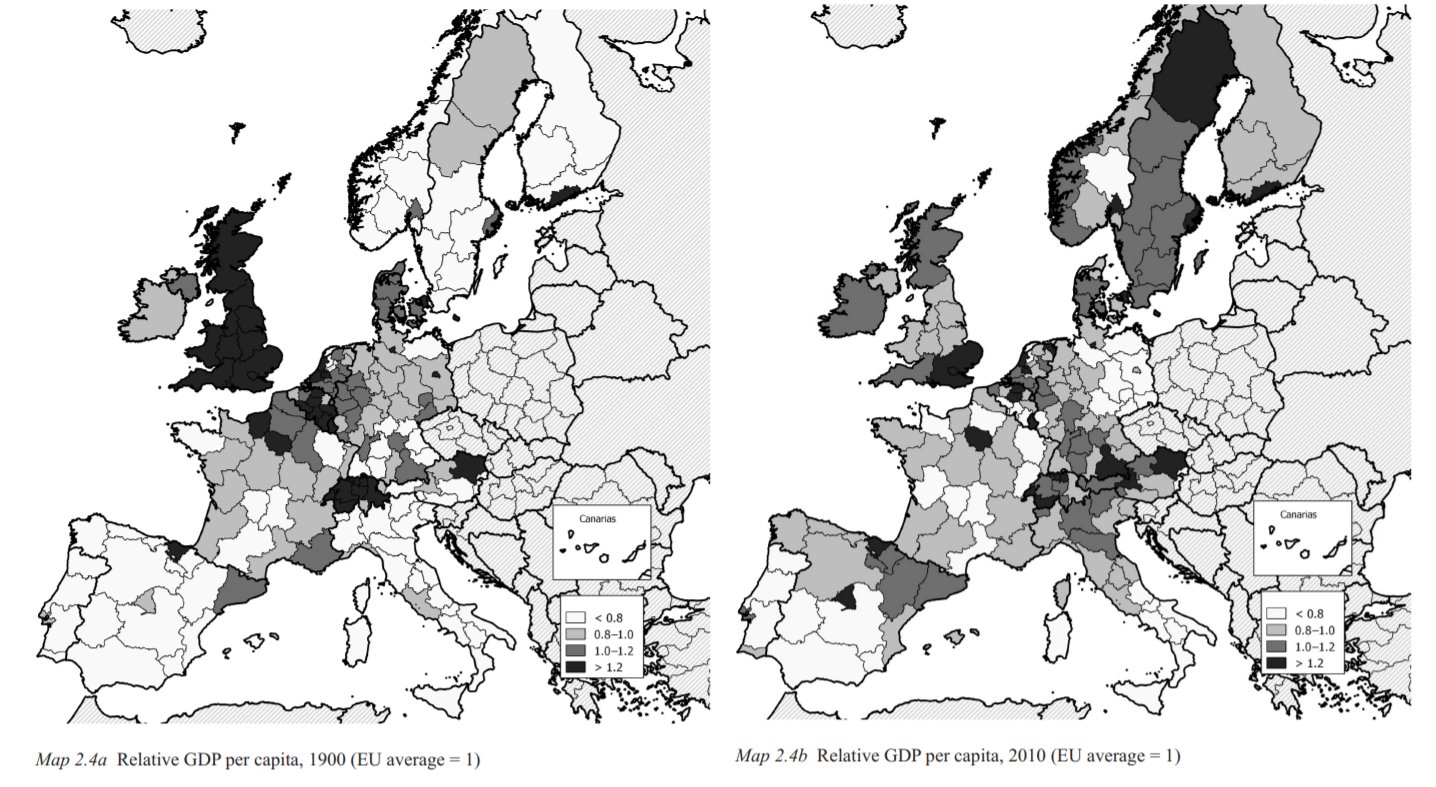Skinny-Fat People

Whenever American friends visit me in Singapore, they often comment on how slim the majority of people in Singapore–as well as in other major cities in Asia–seem. My male friends in particular love coming here because, as one rather bluntly and crudely put it, “Man, Singapore rocks! All the gals are slim and sexy.” And it’s true to a certain extent. Take a walk around and the number of people that look slim and healthy far outnumber the obviously obese and unfit. Appearances, however, can be deceiving.
Earlier this year, I attended the World of Healthy Flavors conference, an annual symposium on food and health trends co-organized by the Culinary Institute of America (CIA) and the Harvard School of Public Health. I was there because CIA is launching the first Asian edition of this very important dialogue later this year and I wanted to see firsthand what the original, US version was like. One of the speakers was Professor Chia Kee Seng, the Dean of the National University of Singapore’s Saw Swee Hock School of Public Health (which is a co-presenter of the Asia conference). Professor Chia delivered a short, sharp presentation on the state of health in Singapore and Southeast Asia today. A few of the facts that he shared with the audience startled me.
The first of these was that Asians, unlike their Caucasian peers, tended to collect fat internally, around internal organs. This internal fat — properly termed visceral fat — wraps itself around the heart, liver, kidneys and pancreas, and streaks through muscles. Because this fat is internal, one often cannot tell that he or she might be seriously unhealthy and may even be a high risk case for certain diseases. Caucasians, on the other hand, tend to collect fat subcutaneously first, which shows rather obviously.
A friend of mine once told me that her personal trainer, an expatriate who had moved here only a few years ago, said that he had never seen so many “skinny-fat people” prior to moving to Singapore. While an amusing phrase to mull over, the sad reality is that we are indeed a population of skinny-fat people. Instead of gaining weight visibly, we collect fat in the inside, which, doctors have said, is much more dangerous. End result? We look great. But we’re really not.
Recent surveys here have pointed out that more than 54 percent of our population never exercises and that 11 percent of the population is clinically obese. Similarly, more and more young people seem to be plagued with high cholesterol. One of my own business partners–an ex-Miss Singapore Universe finalist — was diagnosed with dangerously high cholesterol in her late twenties. You would never have guessed from looking at this svelte stunner that she had such health issues, but the sad reality is she isn’t alone here.
Another statistic that Professor Chia shared with his audience that day was that one-third of Singapore’s population has a very high risk of contracting diabetes. This was also startling to me. While 11.3 percent of our population has diabetes today, all the indicators suggest that from one out of every nine persons, with the way we’re living and eating, one out of three will have diabetes within a generation.
So what can we do about this? The simple answer is eat better. And that’s exactly the message the folks at CIA, Harvard, NUS, and the Health Promotion Board of Singapore hope to push when they hold the first World of Healthy Flavors Asia conference this coming November. And since the symposium is being attended by the most important chefs and decision makers from some of the Southeast Asia’s largest food service companies, if all goes well, this simple message will hopefully translate into better, healthy recipes in restaurants, hotels, hospitals and schools that can help reduce and prevent disease in this region, in the near future.
Looks, as I said at the start of this short post, can be deceiving. And in the case of Singapore and many other Asian populations, because we often judge health based on what we see in the mirror, we only see the skinny. And not the “skinny-fat”. And that, to me, is very worrying.
Photo credit: suttisukmek/Shuttestock





